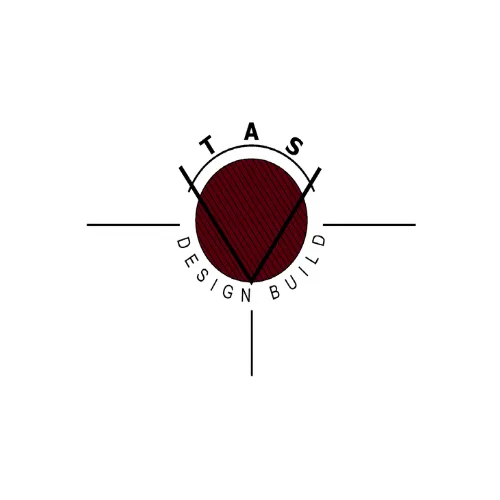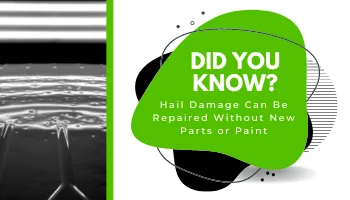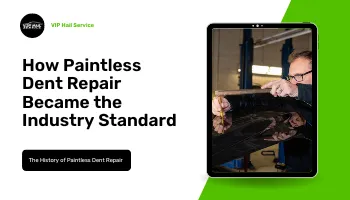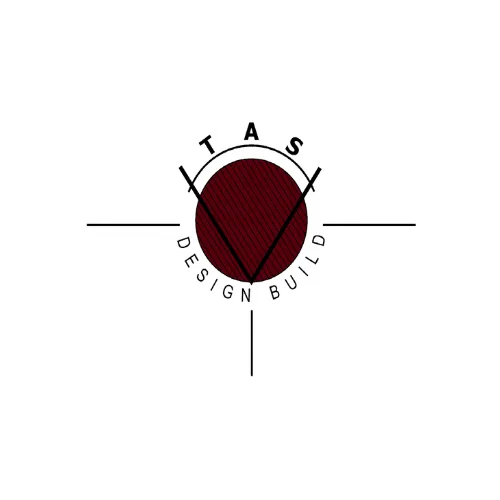A Guide for Architectural Service
The Art of Placemaking: How Good Design Creates Communities
Placemaking is more than just designing buildings—it’s about creating spaces where people want to live, work, and spend time. Good design helps turn streets, parks, and neighborhoods into welcoming, lively places that bring people together. Whether it's a town square, a neighborhood park, or a busy shopping district, placemaking helps build strong communities.
In the Roanoke Valley, good design considers the natural beauty of the Blue Ridge Mountains, the changing seasons, and the small-town charm that makes the region unique. Thoughtful planning can make spaces feel safe, connected, and inviting for everyone.
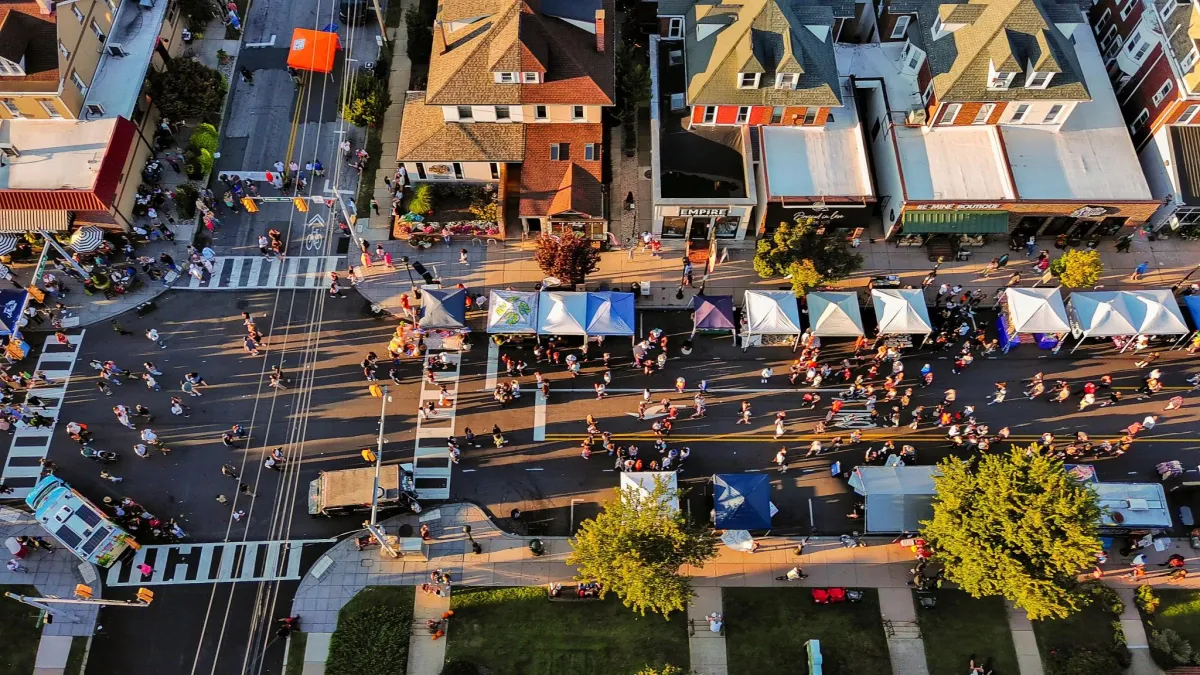
The Key Elements of Good Placemaking
Great communities don’t just happen by accident. They are designed with purpose. Here are some key elements that make placemaking successful.
1. People-Focused Design
A well-designed community puts people first. This means creating walkable streets, bike paths, and gathering places where neighbors can meet.
Features like Wide sidewalks for strolling, Benches and shaded areas to rest, and Safe crossings for pedestrians help make spaces more comfortable and enjoyable.
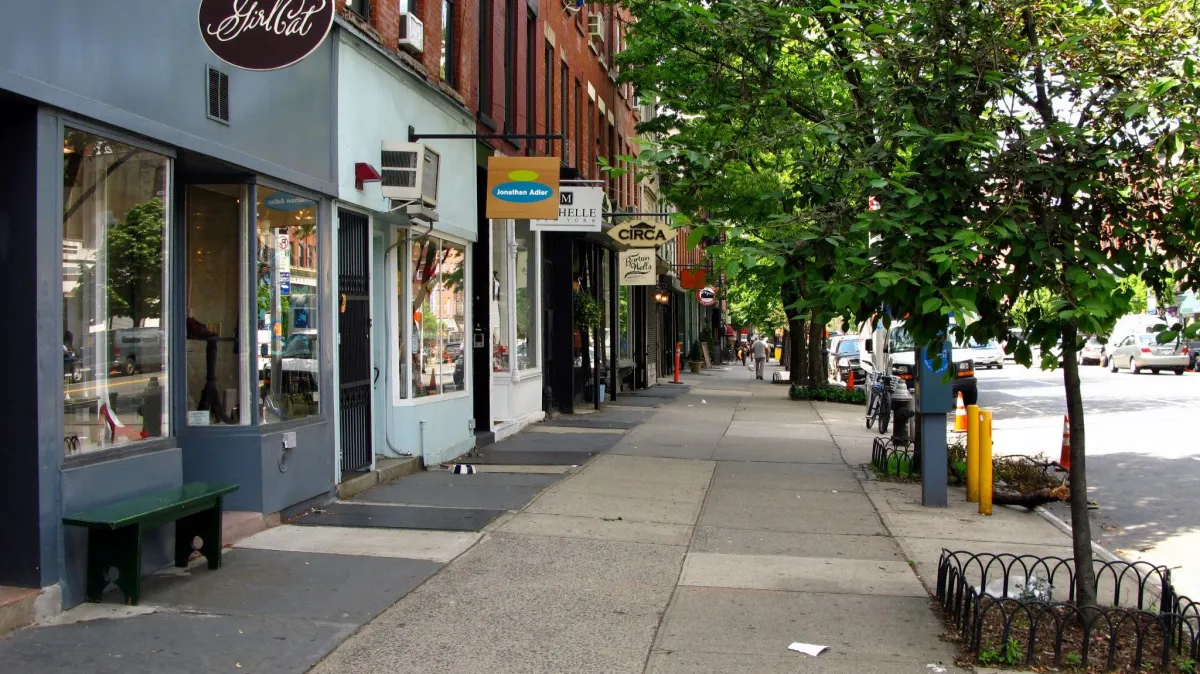
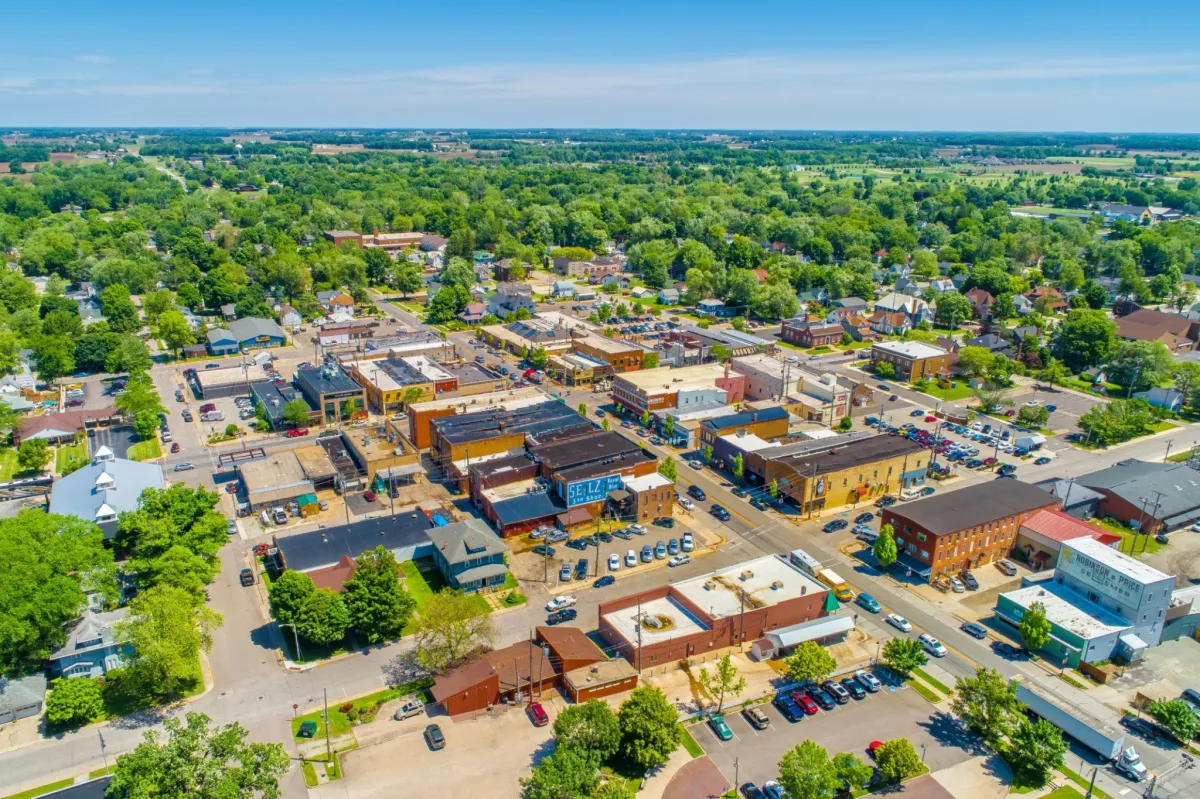
2. Mix of Uses
A great place is one where people can do many things in one area. A successful community includes:
• Homes, Shops, and restaurants
• Parks and green spaces
• Schools and offices
This mix of uses helps create energy and keeps neighborhoods active throughout the day.
3. Green Spaces and Nature
People love to be around nature. Placemaking includes parks, trees, and water features to improve air quality, reduce heat, and offer places to relax. In Southwest Virginia, incorporating native plants, mountain views, and riverfront spaces makes a town or neighborhood feel like part of the natural landscape.
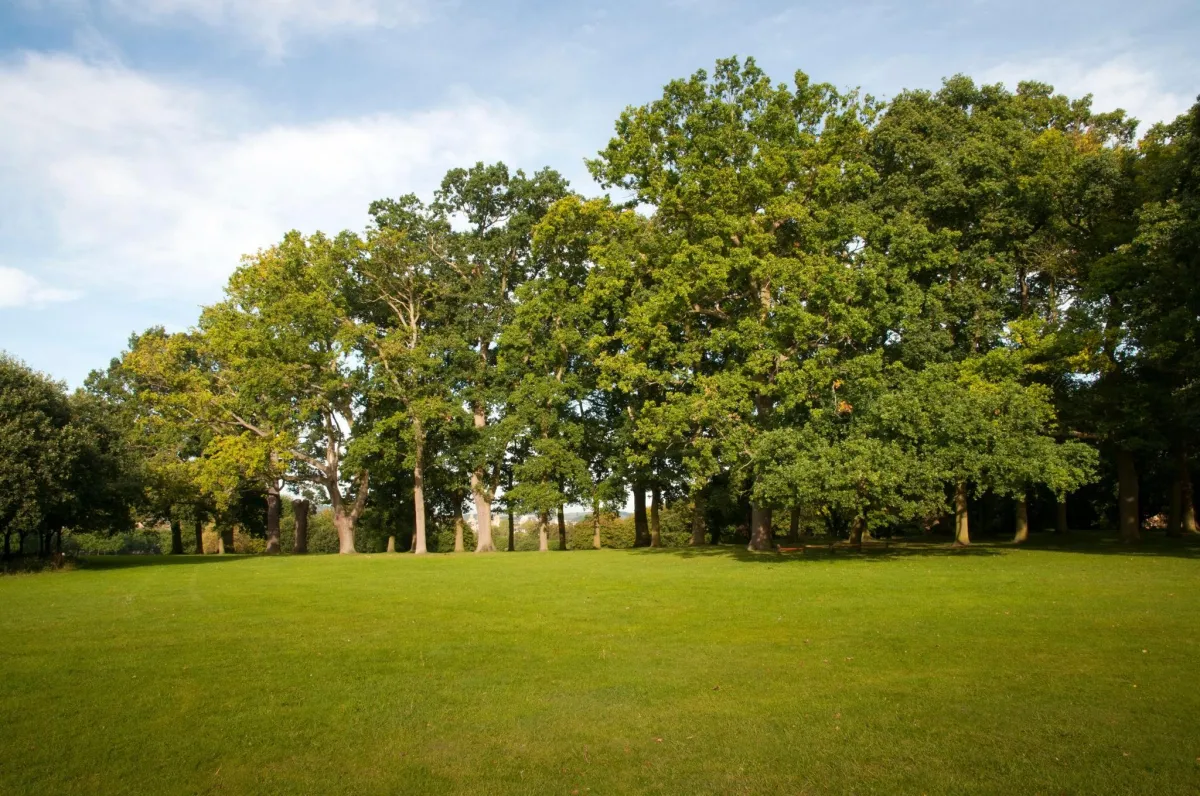
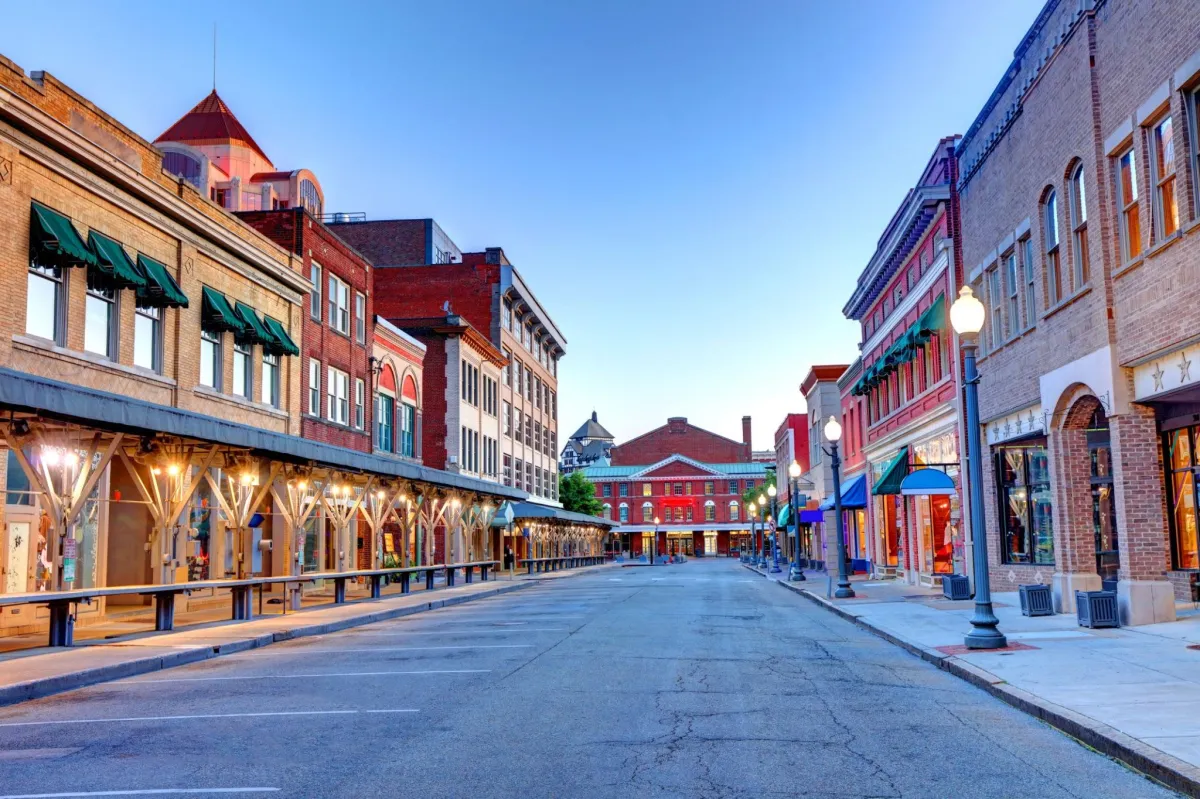
4. Local Culture and Identity
Every community has its own story. Good design should reflect local history, traditions, and architecture. Using materials and styles that match the region’s character makes places feel more meaningful. For example, in Roanoke, using brick facades and traditional Appalachian designs helps keep the area's charm alive.
How Good Design Builds Community
Encourages Social Interaction
Spaces that bring people together help create a sense of belonging. Parks, plazas, and community centers give people places to meet, talk, and form relationships.
For example, a well-designed town square with seating, shade, and a playground invites families, retirees, and workers to gather and enjoy the space.
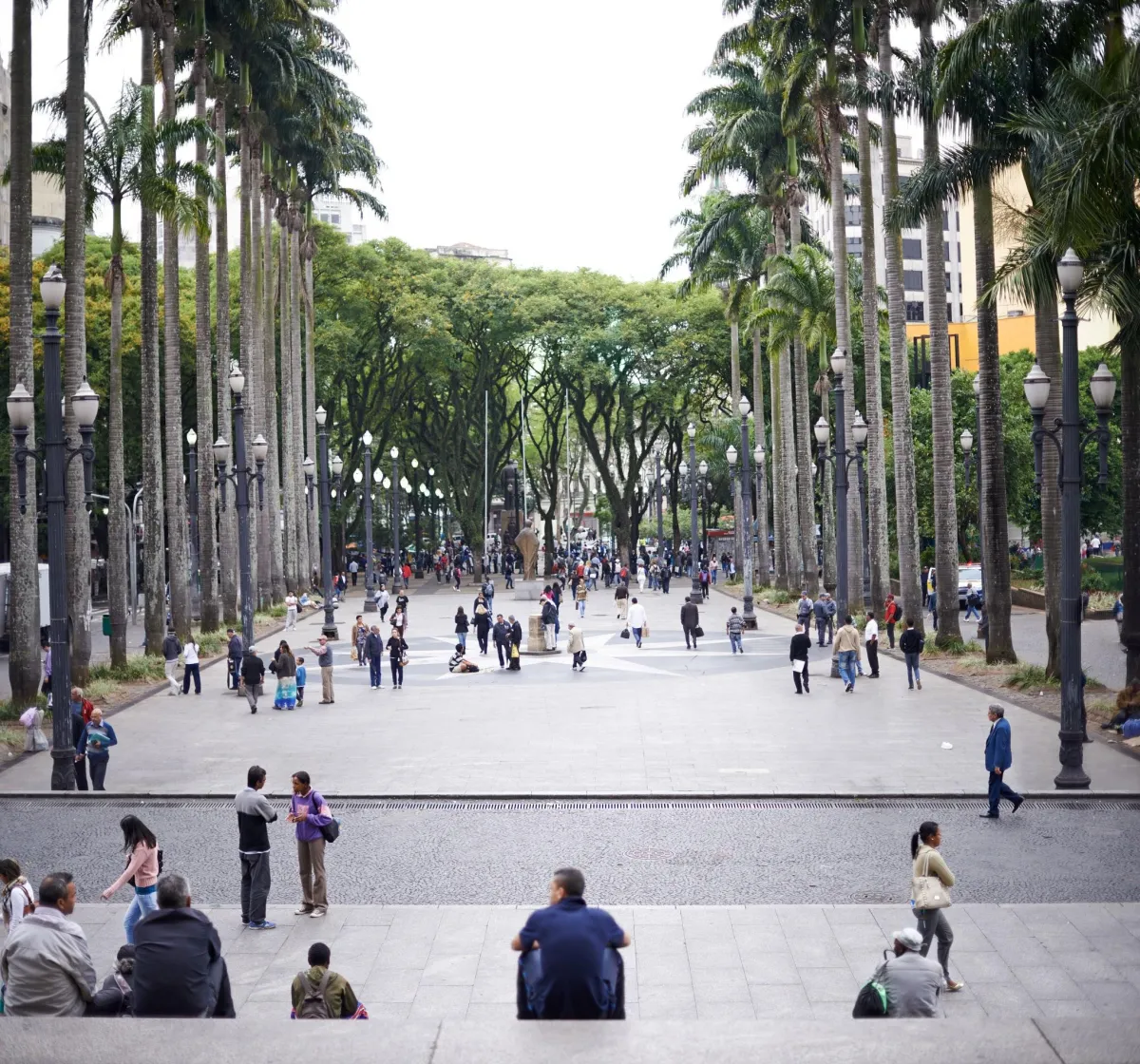
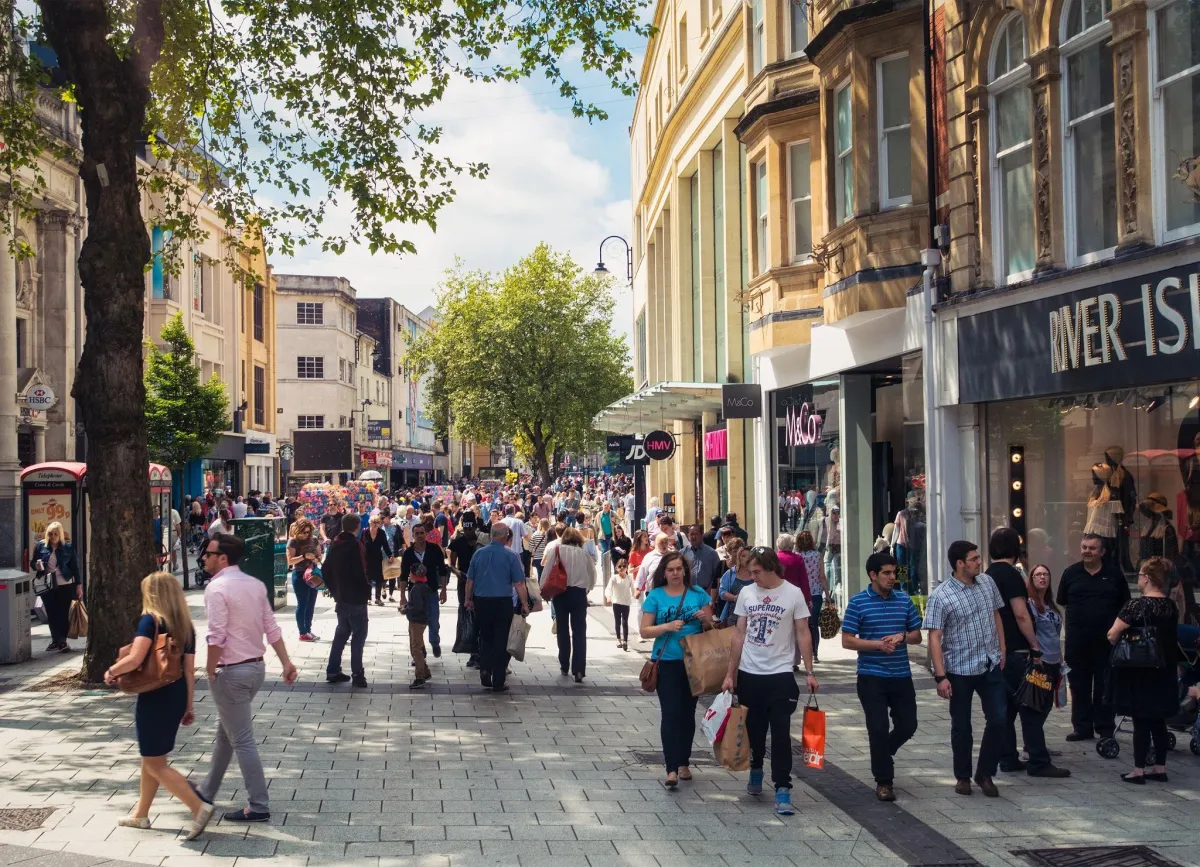
Boosts Local Businesses
When a space is lively and inviting, people spend more time there—and that’s good for local businesses. Walkable streets with interesting storefronts, outdoor dining, and public art encourage people to explore and support small businesses.
Increases Property Values
Beautiful, well-planned neighborhoods tend to hold their value over time. Homes near parks, trails, and vibrant downtowns often see higher demand and property appreciation.
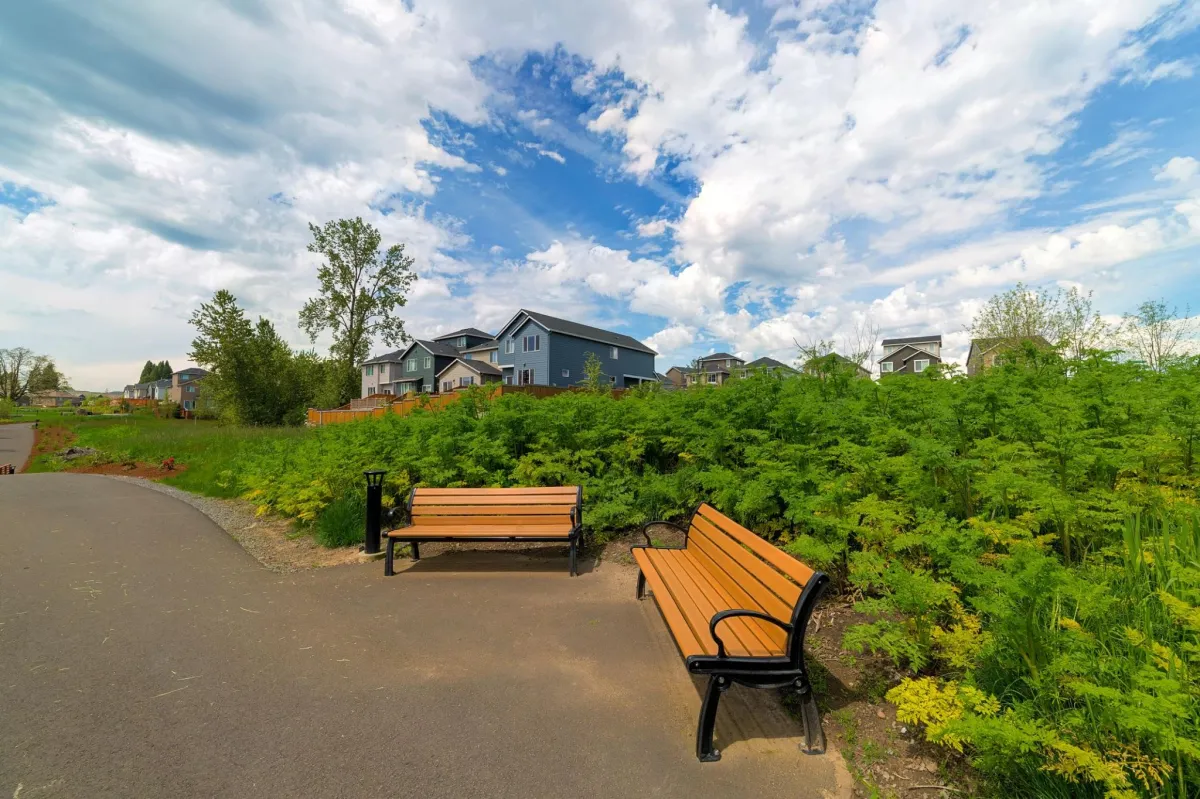

Improves Health and Well-Being
Walkable neighborhoods encourage exercise, whether it’s walking to a coffee shop or biking to work. Green spaces also reduce stress and improve mental health.
Local Examples of Successful Placemaking
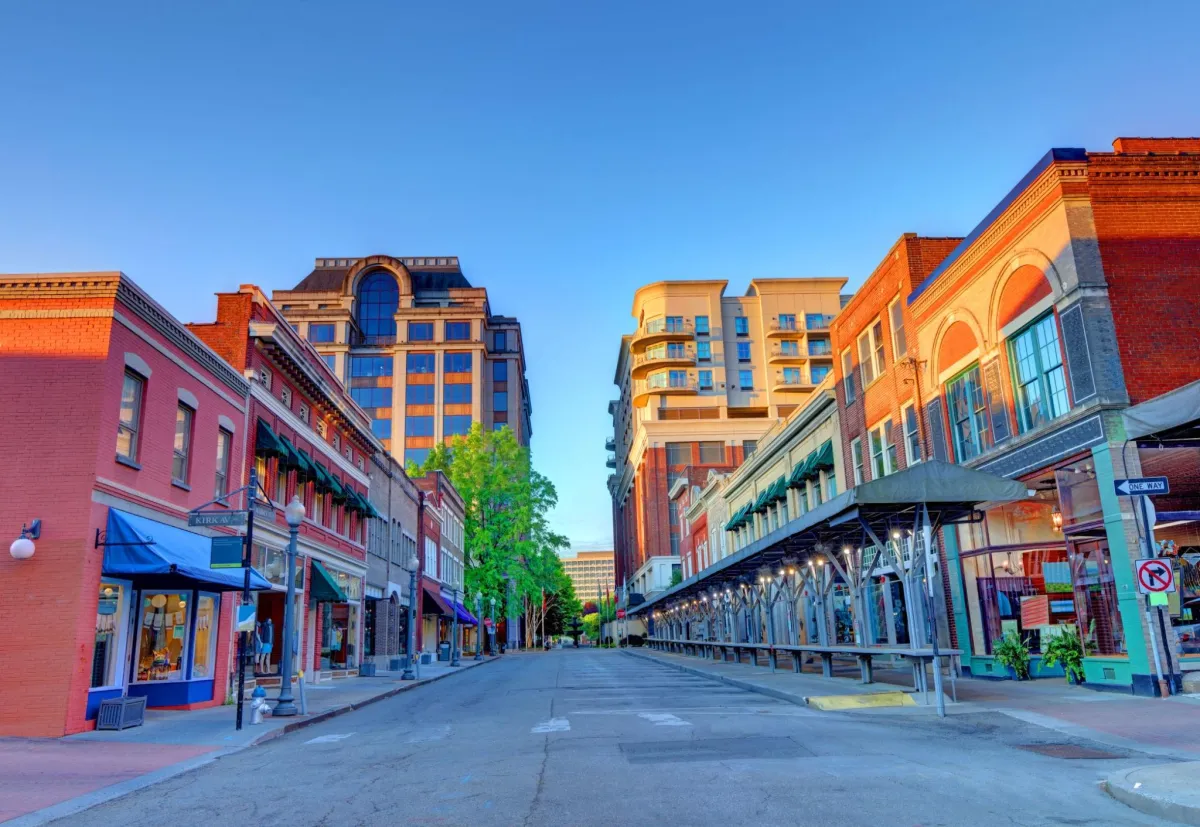
Market Square in Roanoke
This historic area is a perfect example of placemaking done right. With its mix of restaurants, farmers’ markets, and outdoor seating, it’s a gathering spot for locals and visitors alike.
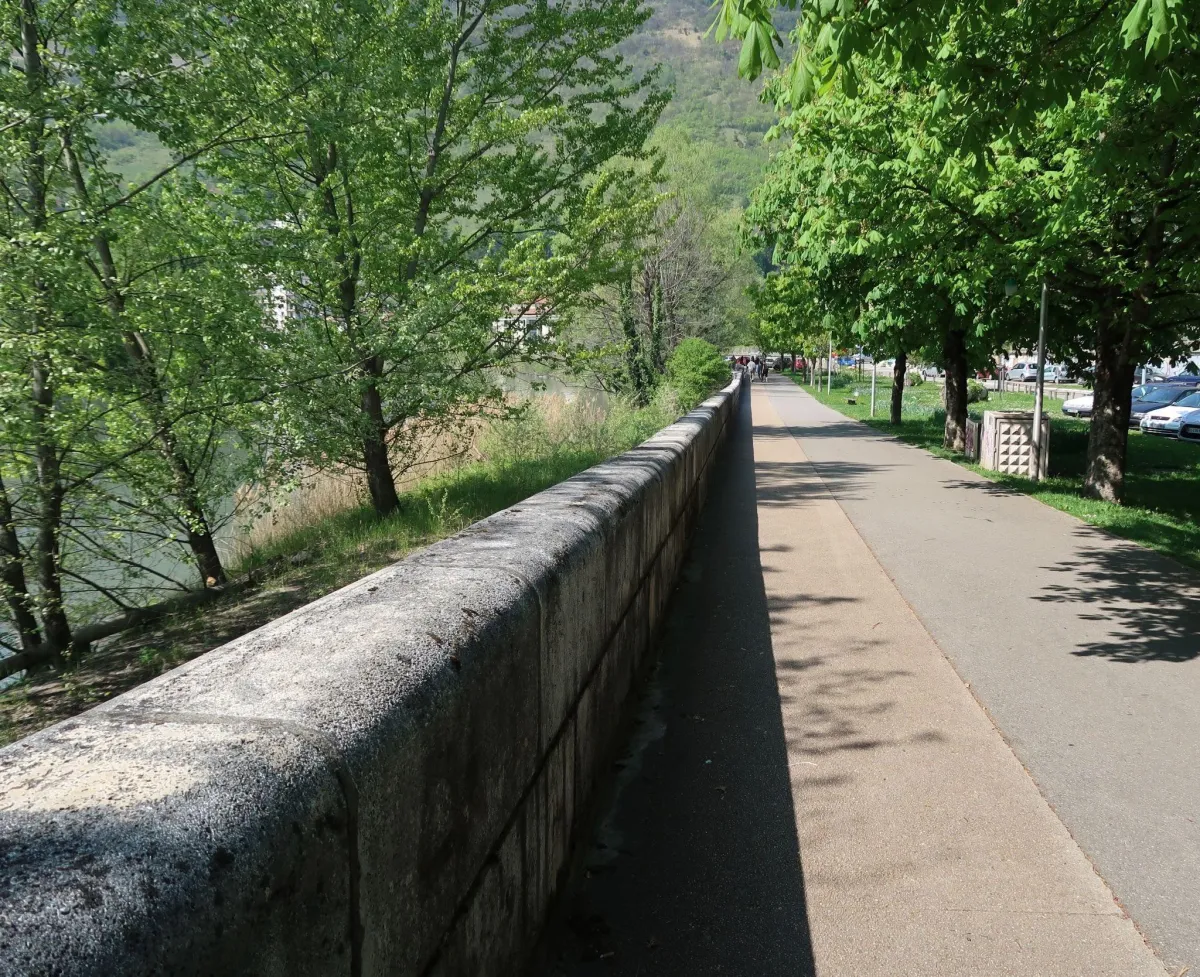
The Greenways of Southwest Virginia
The region’s extensive greenway system connects neighborhoods and parks, making outdoor activities easy and enjoyable.
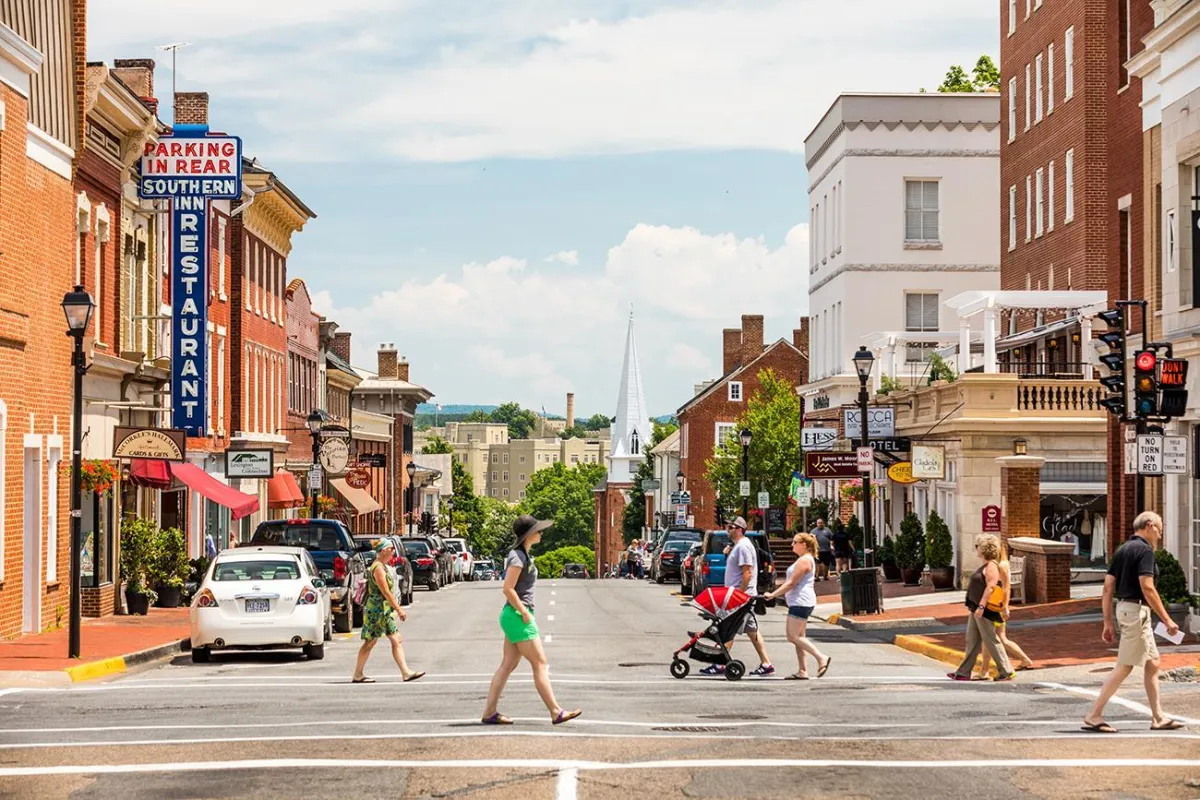
Vibrant Main Streets
Many small towns in Virginia, like Floyd and Lexington, have revitalized their downtowns by adding public art, pedestrian-friendly spaces, and locally owned businesses.
How to Improve Placemaking in Your Community
Want to make your neighborhood more inviting? Here are some simple ways urban planners, along with architects can work together to improve placemaking where you live.
Organize community events – Farmers’ markets, festivals, and concerts bring people together.
Add seating and greenery – Even small changes like benches and trees can make a big difference.
Encourage public art – Murals, sculptures, and street performers add personality to a space.
Make streets safer – Slowing down traffic and improving crosswalks make areas more walkable.
FAQs
1. How can placemaking work in rural areas or small towns?
Placemaking isn’t just for big cities—it can thrive in small towns and rural areas, too. Simple efforts like revitalizing a main street, adding a community gathering space, or creating scenic walking trails can make a big impact. Using local materials and celebrating regional history can also help small towns feel unique and connected.
2. What are some affordable ways to improve placemaking in my neighborhood?
Placemaking doesn’t have to be expensive. Small changes like adding benches, planting trees, setting up pop-up markets, or painting murals can make a neighborhood feel more inviting. Community-driven projects, such as volunteer clean-ups or small business collaborations, can also help improve public spaces without a big budget.
3. How can residents get involved in placemaking efforts?
Residents can get involved by attending town meetings, supporting local businesses, organizing community events, or even starting small projects like a neighborhood garden. Volunteering for local improvement efforts, such as park clean-ups or street beautification projects, can also make a big difference.
4. What are common mistakes in placemaking, and how can they be avoided?
One common mistake is designing spaces without community input, which can lead to places that don’t meet residents’ needs. Another is focusing too much on aesthetics while neglecting function and accessibility. To avoid these issues, planners should involve the community early, prioritize safety and usability, and ensure spaces are welcoming for everyone.
More Articles From TAS Design
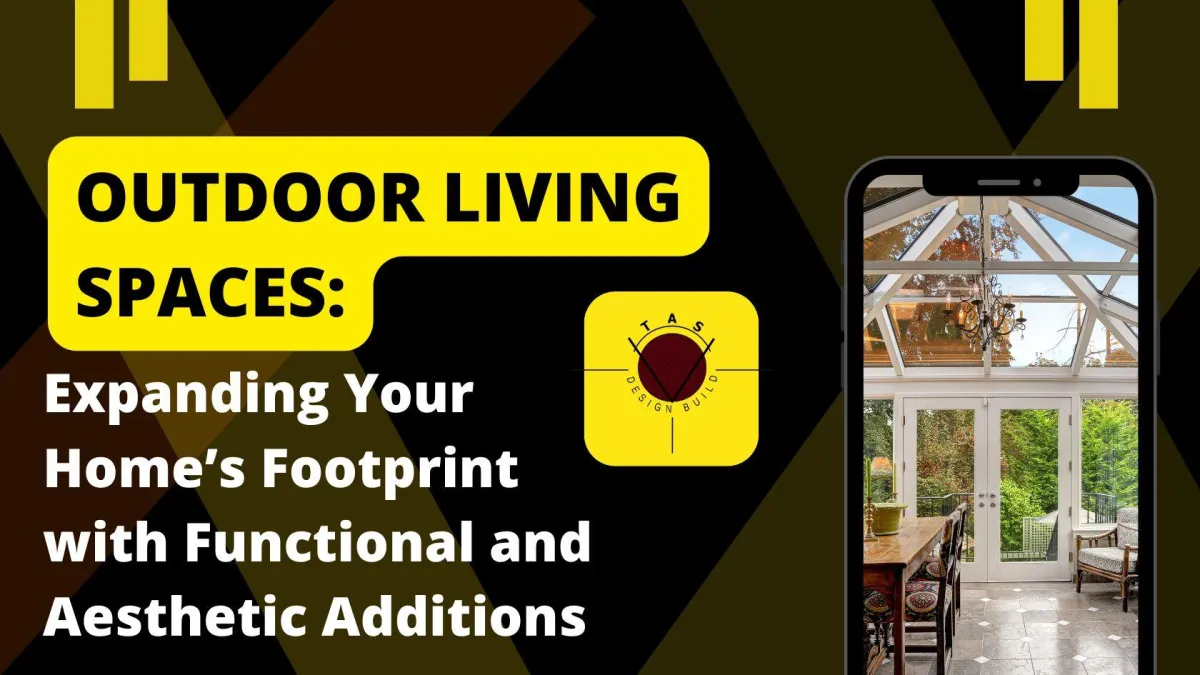
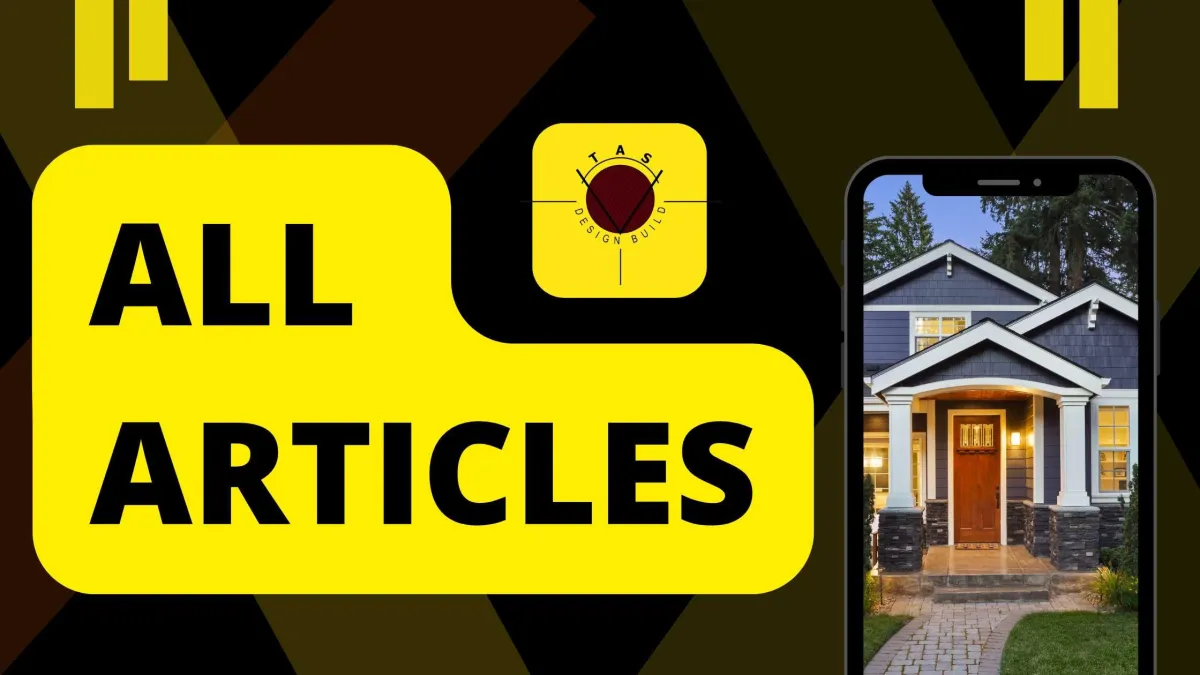
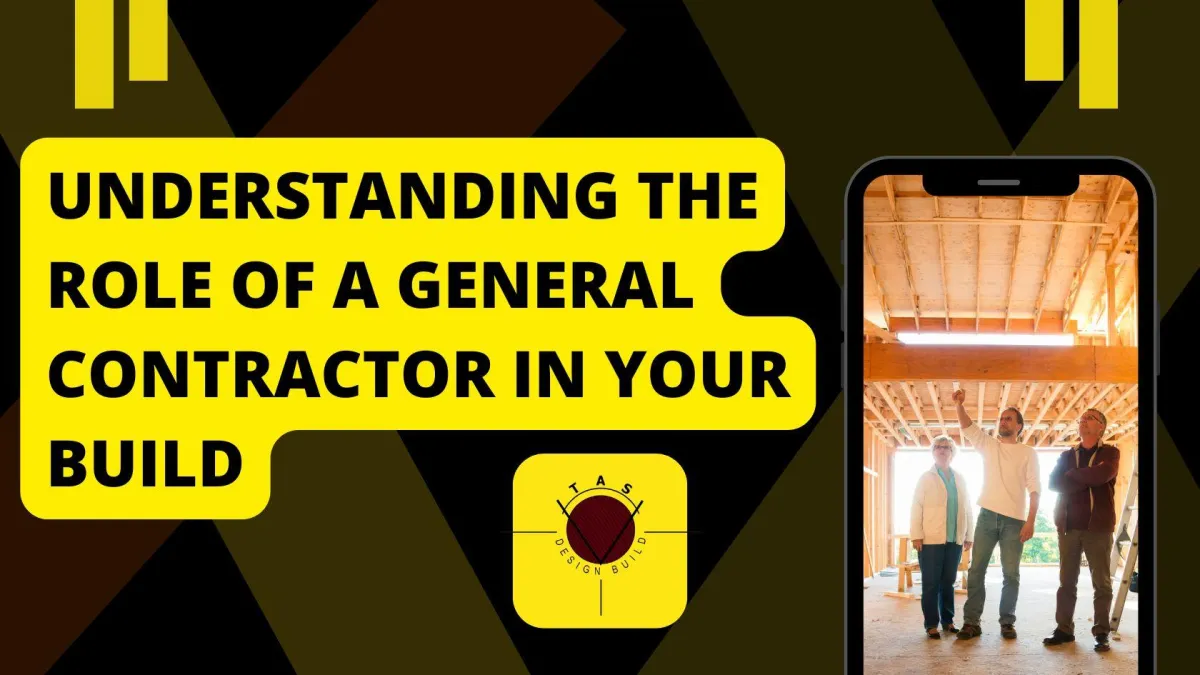
Contact Us
Service Hours
Mon- Fri 8 am - 5 pm
Sat, Sun- Closed except by appointment



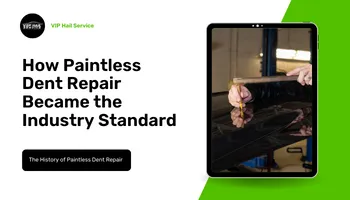

Contact Us
1 540-302-2593
2507 Bluff Road
Roanoke VA 24014
Service Hours
Mon- Fri 8 am - 5 pm
Sat, Sun- Closed except by appointment
Connect
